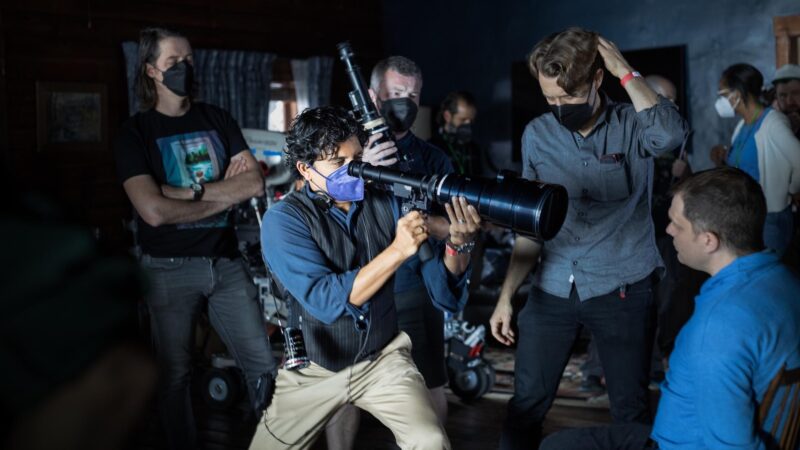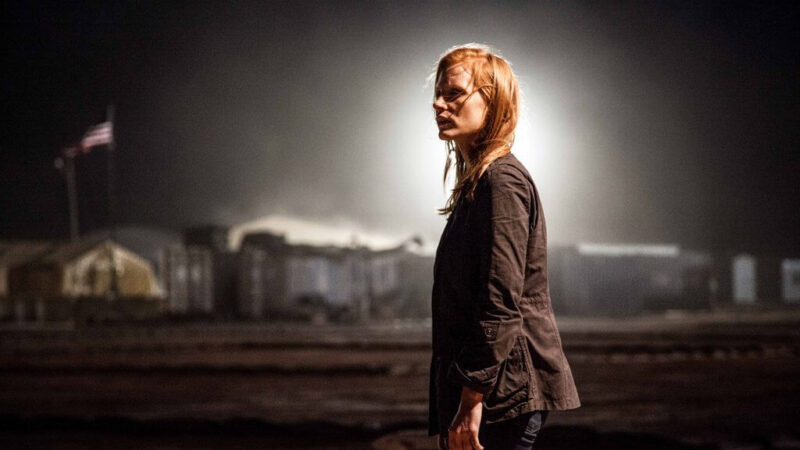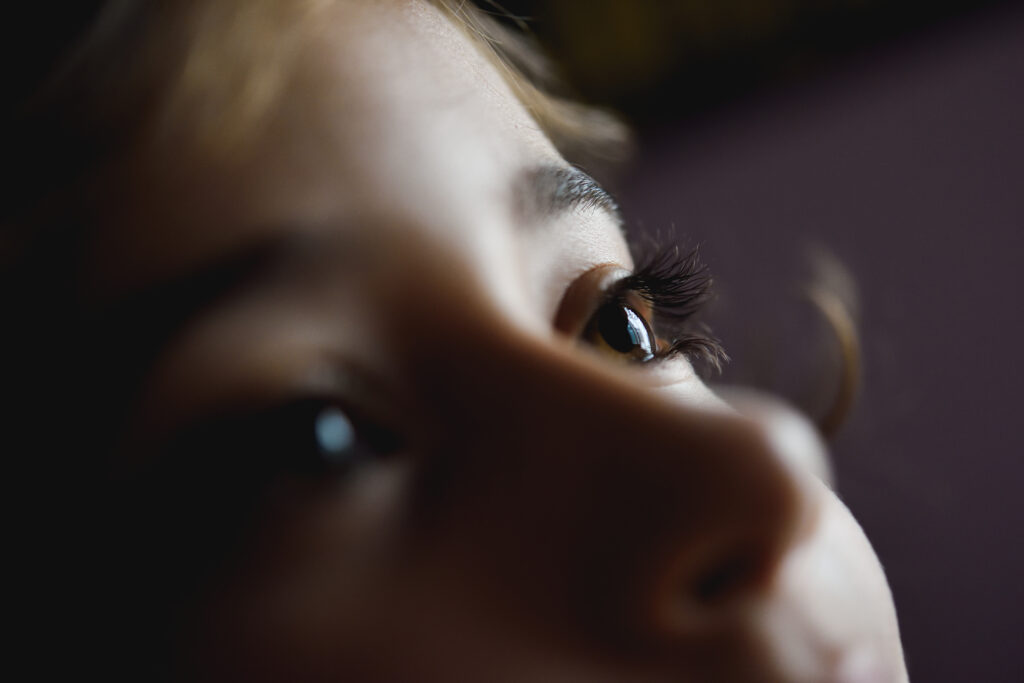Top 5 Camera Angles Every
Actor Should Understand
Guides actors on camera techniques that can elevate on-screen presence.
- Table of Contents
Introduction
Camera acting is a unique skill compared to acting on stage. On stage, your body and voice have to travel to the rear seats; in front of the camera, the lens captures every twitch of feeling, every change of stance, every flicker of the eye. What destroys or salvages a performance isn’t solely how you perform, but how you appear on film.
The truth is, the camera is your quiet scene partner. A close-up can transform a whisper into a scream, while a wide shot can make a character feel big—or agonizingly small. Figuring out how to adjust your performance to every angle is what distinguishes good screen acting from iconic screen presence.

It’s not your acting. It’s the camera.
If you want to take your on-camera acting to the next level, here are five camera angles every actor should know and how to nail them.

The Close-Up (CU) :
A close-up is where vulnerability lives. By framing only your face (sometimes shoulders up), you invite the viewer into your private space. Every blink, every swallow, every flicker of thought.
When it’s used: Intense emotional beats—confessions, heartbreak, epiphanies.
Why it matters: It brings the viewer directly into your inner world.
Actor’s Focus: Keep It Honest A close-up is not about “performing.” It’s about letting the camera capture the truth behind your eyes.
🎭 Example: In dramas such as “Marriage Story,” close-ups bring to life the kind of honesty and rawness that words alone never could.

The Medium Shot (MS) :
Often referred to as the “conversation shot,” it captures you from the waist up. It’s close enough to see the expressions but wide enough to catch gestures and body language.
When it’s used: Dialogue-heavy scenes, everyday interactions, character development moments.
Why it matters: It balances emotion with context.
Actor’s focus: Stay relaxed. Use your hands and posture as if you are actually living in the moment.


The Wide Shot (WS) :
The wide shot (or long shot) includes your entire body and the surrounding area. It’s about staging and movement, how you “belong” in a scene.
When it’s used: Establishing shots, character entrances or exits, moments when the environment affects the story’s tone.
Why it matters: It shows the physicality and relationship to space.
Actor’s focus: Think big. Use movement, posture and silhouette. Even how you sit or stand portrays character.
🎭 Example: In action movies such as John Wick, wide shots reveal the characters’ confidence and highlight the fight choreography. In a drama, they show loneliness by placing the character in a wide empty area.

The Over-the-Shoulder Shot (OTS) :
The OTS frames one character over the other’s shoulder, keeping both in the same scene. It’s the bread and butter of film dialogue.
When it’s used: Conversations, confrontations, emotional exchanges.
Why it matters: It makes you see the scene from both characters’ perspectives.
Actor’s focus: Stay alive in the scene regardless of camera positioning. Your listening, posture, and energy will determine how authentic the scene feels.
🎭 Example: In courtroom dramas or police interrogations, OTS shots put the viewer in the middle of the exchange, thus increasing tension.

The Extreme Close-Up (ECU) :
If a close-up shows emotion, the extreme close-up exposes it. Close-up shots of eyes, lips, or a shaking hand can elevate a small act into something monumental.
When it’s used: Suspense, intensity, or moments of symbolism.
Why it matters: It forces the audience to focus on one powerful detail.
Control is everything. Stillness, precision, and emotional authenticity mean the world to them.
🎭 Example: In thrillers, an ECU of a shaking hand pulling the trigger will always be more tense than any wide shot of an explosion.

Why Being Conscious of the Camera Can Enhance Your Art
Film acting is not about “shrinking” stage acting, but rather adjusting the performance to fit within the camera’s frame. A strong actor does not merely “act,” but also adjusts their presence accordingly for close-ups, wide shots, and everything in between.

Think of it this way
On stage, your audience is 50 feet away.
In film, the audience is five inches away through the lens.
And that changes everything.
Final Thoughts
Great performances happen in concert with the camera. By mastering these five angles, you’ll not only perform with confidence but also define how your audience will experience the story.
Next time you’re on set, don’t just ask, “What’s my line?” “Ask, “What’s the shot? “Because when you understand the camera, you don’t just act – you captivate.”
Ready to Level Up Your Performance?
Master these warm-ups with personalized coaching. Get weekly acting drills, technique breakdowns, and performance tips delivered to your inbox.
